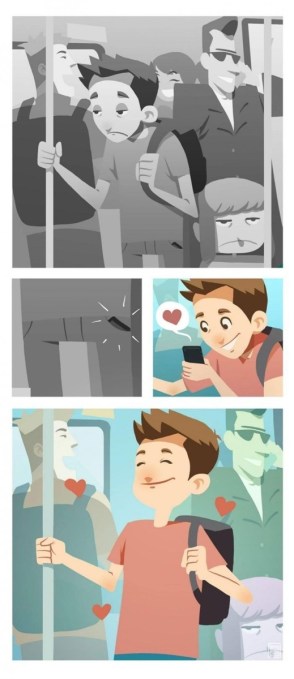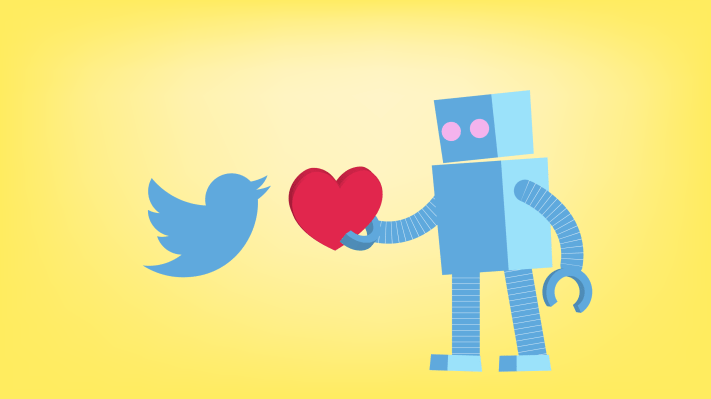Here’s why Twitter’s new algorithmically sorted timeline announced today could solve its growth problem: For many people, especially new users, Twitter feels like yelling into a black hole. They just don’t have that many followers. Their tweets are met with dead air. It’s disheartening.
Twitter’s unsorted reverse chronological feed made this even worse. Nobody wanted to drown out their favorite people, so they were stingy about following. In the early days of Twitter, everyone was looking to fill up their feeds, and the follows flowed generously. But eventually people hit their bandwidth limit. There were too many tweets to read their whole timelines, so they became apprehensive about injecting more.
That’s made it exceedingly tough for anyone who joined in the last few years to gather a following. Twitter doesn’t come with the benefit of a built-in audience like Facebook, where you can expect your real-friend graph to accept your requests and see what you post. Twitter is an interest network, which essentially means it’s difficult for people who aren’t objectively interesting.
Those who develop a big following on Twitter typically have some level of offline fame, or an online soapbox like writing for a news publication. For everyone else, Twitter can seem downright lonely.
Yet Twitter’s new algorithmic sorting could save the day. It selects the most important tweets you might have missed since your last Twitter visit, and bubbles them up to a section at the top of your timeline.
Back in 2011 when Facebook did this, I called it being “return visit-aware” and suggested Twitter try it. The mechanic mimics how people interact in real life. When you run into someone you haven’t seen in a while and ask them ‘what’s up?’, they’ll typically tell you about the most important life events that happened since you last spoke. But if you ask the same question to someone you see frequently, they’ll tell you about the more immediately recent things on their mind, or just how they’re feeling right then. Now Twitter does this too.

Source: unknown
The obvious impact of this is that you can see the best of Twitter without maniacally checking it all day. That should make Twitter more entertaining, particularly for newbies who aren’t addicted to refreshing yet.
But a critical secondary impact is how it will make users without large followings feel loved.
Now if they tweet something great, it’s more likely to be seen, and receive the likes or retweets that make Twitter seem vibrant and interactive. If Twitter is smart, its algorithm will prioritize strong tweets from users who don’t already get enough attention. That could keep them from ditching the service entirely.
Even if someone tweets during off-hours, or their own followers don’t check Twitter that often, they’ll still be heard. Receiving retweets from the ‘Best Of’ section atop the timeline could also help newer users grow their audience. Suddenly, Twitter isn’t a black hole any more.
And perhaps, as people get comfortable with the relevancy-optimized timeline, they’ll become more charitable with their follows too. They’ll be less worried that adding more people could make them miss the must-see tweets from who they already follow. The algorithm has their back.
